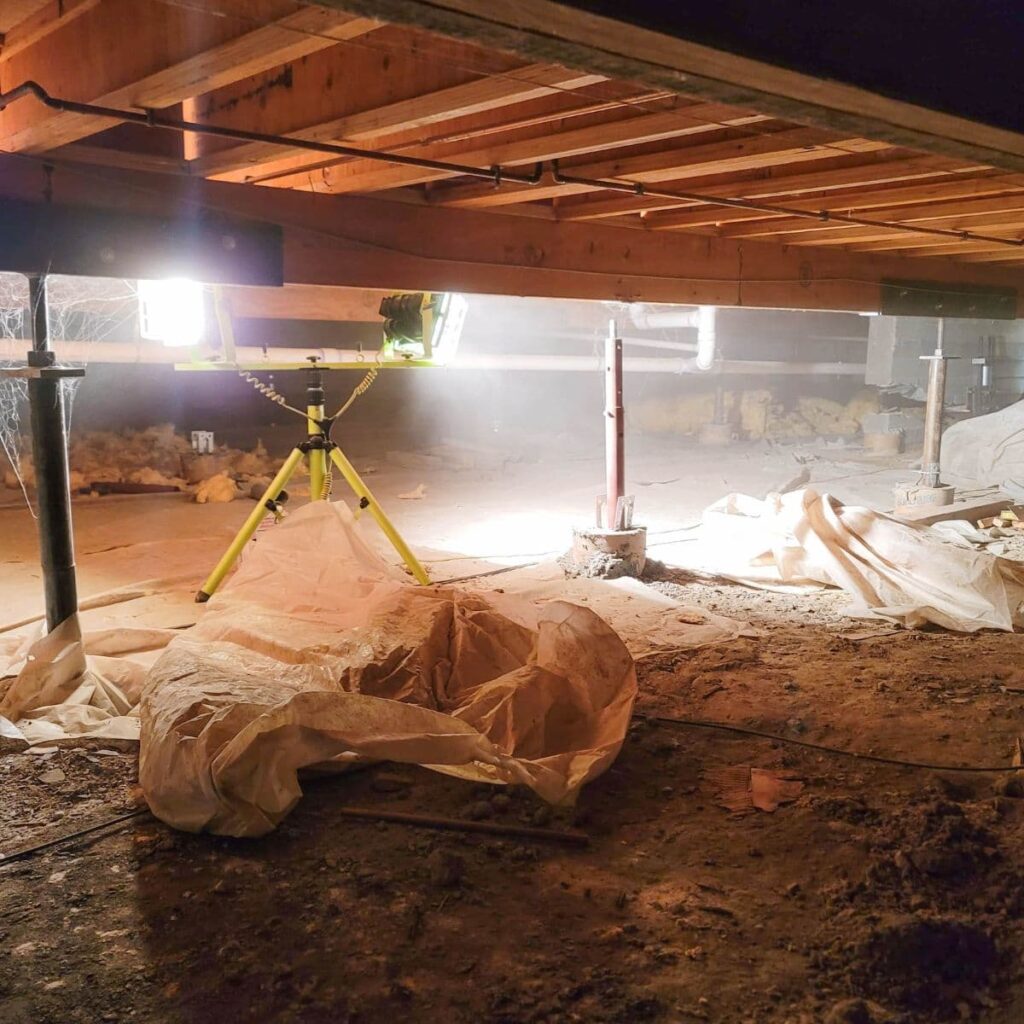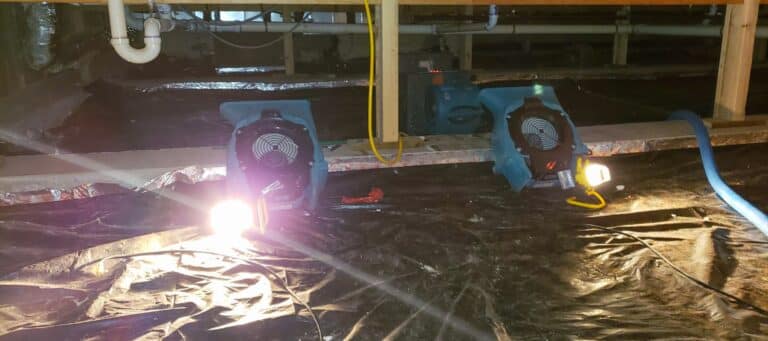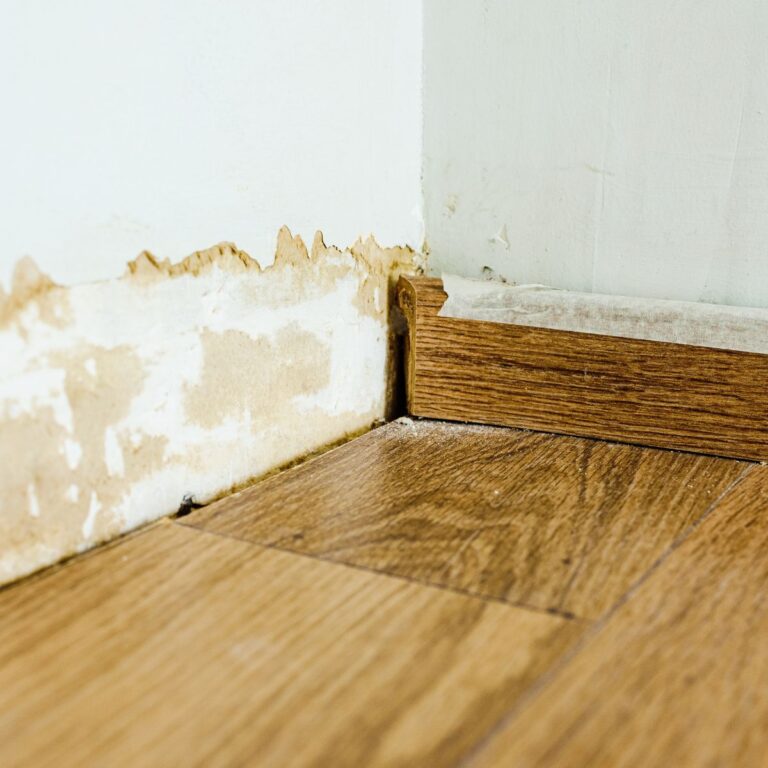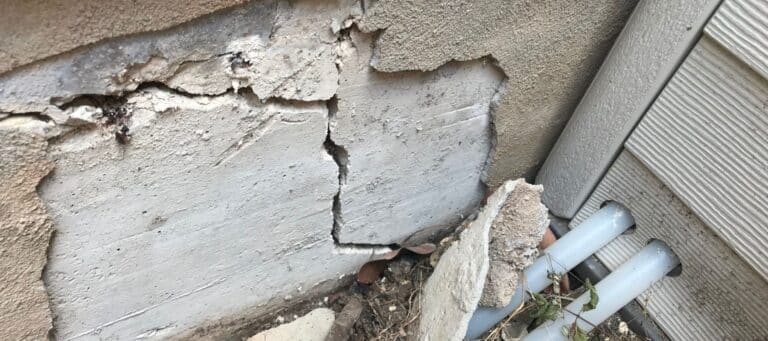Repair Solutions For Crawl Space Pest Damage
Your Go-To For Texas Crawl Space Foundation Repair
Beetles, silverfish and ants, oh my! Texas is home to many different species of animals and bugs, many of which are admired by nature enthusiasts. Local organisms make the Lone Star State a unique place, but they can also create issues with your crawl space. These problems can escalate if an infestation occurs beneath your home.
Of all the crawl space repair companies in the area, G.L. Hunt Foundation Repair stands as a trusted provider of repair services. As a family-owned and operated business, we understand the importance of protecting your household! You can trust our experts for efficient repairs and preventative measures when pests infest your space.
How Can Pests Enter Your Crawl Space?
Your crawl space is a dark area that’s prone to collecting moisture and even mold and mildew. These factors — paired with the little human activity inside of it — make it a perfect shelter for local critters. Pest populations can infiltrate this area through small cracks and gaps around the space.
Openings beneath the soil can also serve as an entry point for certain species. Preventative measures and repairs are critical for preventing infestation and damage to your home.

Common Crawl Space Pests In Texas
Understanding the insects and animals that can enter this area is essential. This knowledge can help you monitor your home for infestation signs so you can take the next steps. Once these pests are removed, our team can perform repair solutions to correct existing damage.
A few common species that can invade your space are:
- Rats and mice
- Cockroaches
- Wasps and bees
- Camel crickets
- Centipedes
- Termites
- Ant colonies
G.L. Hunt understands that the thought of these animals in your home may give you the heebie-jeebies. However, the thought of the damage they can cause is downright horrifying. Trust our experts for reliable repair solutions in your Texas home!
How To Keep Animals Out Of Crawl Spaces
Pest populations can be detrimental to your crawl space if they aren’t identified in a timely fashion. To avoid issues such as animal waste and wood damage, preventative measures are essential.
G.L. Hunt offers a few solutions to prevent pests from invading this area.
Seal Gaps And Cracks
No matter how small they seem, it’s best to seal any existing cracks and gaps around your crawl space. Many insects are capable of entering through these impairments. Surprisingly, cockroaches can fit into openings as small as 1.5 millimeters!
Rodents are equally as skilled at fitting into smaller spaces. According to The Centers for Disease Control and Prevention, mice can fit into pencil-sized holes, which are usually six millimeters in diameter. Closing off these openings is an efficient way to prevent potential infestations in your home.
Install A Dehumidifier
Many insects — like spiders and mosquitos — are drawn to moist environments. These critters can easily find ways into crawl spaces, creating habitats within them.
To make this area unappealing to pests, consider installing a dehumidifier in the space. This technology will regulate the moisture levels and prevent pests from infiltrating the area.
Schedule Encapsulation Services
An encapsulation service is another way to regulate moisture levels beneath your home. A durable plastic liner is placed on your walls and floors, serving as a waterproof barrier. This material protects against moisture and pooling water, which can often form from flooding.
Encapsulation prevents your home’s structure from experiencing water damage. This process helps regulate a safe environment for you and an unsuitable environment for many insects and animals.

Efficient Crawl Space Repair Services In Texas
G.L. Hunt Foundation Repair has a team of experts ready to serve you! Our company has proudly served Texas homeowners since 1987. Our contractors have experience and a dedication to serving you, making us the top choice for your repair needs.
We specialize in foundation services that leave your home in excellent condition. Contact us today to learn more about our repair methods and how they can combat pest damage in your home!










